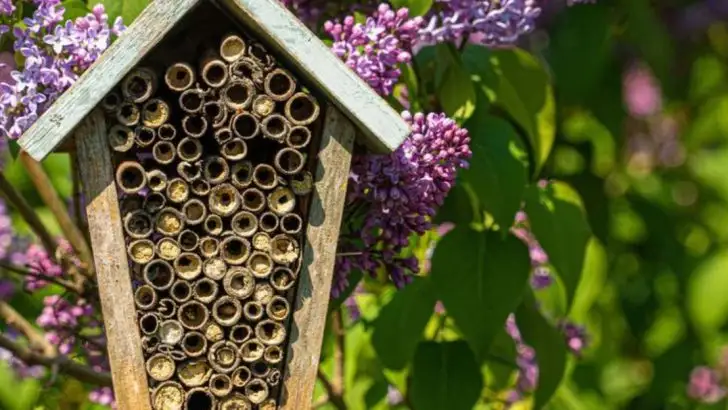You don’t need acres of open land to create a thriving pollinator paradise. Even small gardens, patios, and urban spaces can become vital havens for bees, butterflies, and other important pollinators with just a few thoughtful choices.
In this article, we share 13 easy ways to support pollinators without needing a full meadow. From planting native flowers to adding simple water sources, these ideas will help you attract and nourish pollinators, no matter how much space you have.
Transform any outdoor area into a buzzing, blooming sanctuary that makes a real difference for nature!
Container Gardens
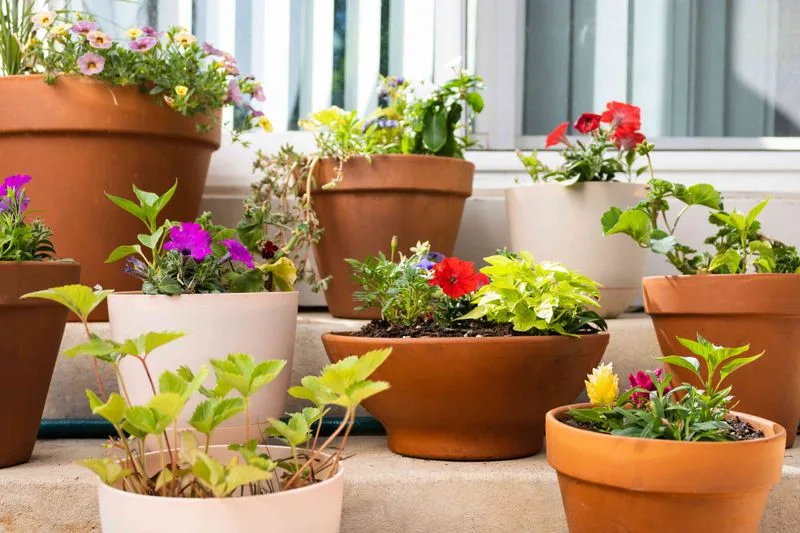
Imagine a balcony blooming with vibrant colors and buzzing with life. Container gardens are a fantastic way to attract pollinators in limited spaces. By choosing a mix of nectar-rich flowers like lavender, zinnias, and marigolds, you can provide a feast for bees and butterflies. Placement is key; ensure your containers are in a sunny spot, as most pollinators prefer warm, sunlit locations.
It’s not just about the plants; the pots themselves can be a design statement. Opt for various sizes and styles to create visual interest. Remember, even a small space can become a thriving pollinator haven.
Herb Borders
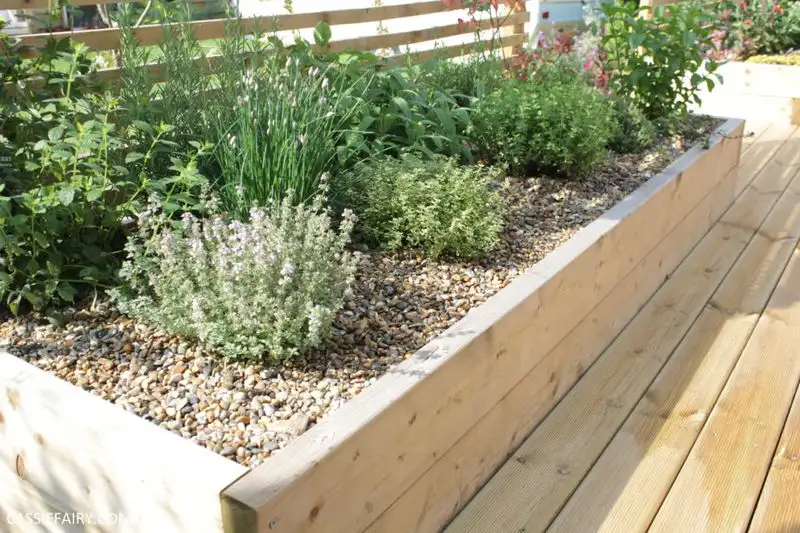
An aromatic delight awaits in your garden with herb borders. Plants like thyme, oregano, and chives do more than just flavor your meals; they’re a beacon for pollinators. Their subtle scents and delicate flowers attract bees and butterflies, making them a dual-purpose addition to any garden.
Positioning these herbs along paths or garden edges ensures easy access for pollinators and gardeners alike. Plus, their resilience makes them ideal for those with less-than-green thumbs. Herbs bring both utility and beauty, creating a sensory experience in your garden.
Vertical Gardens
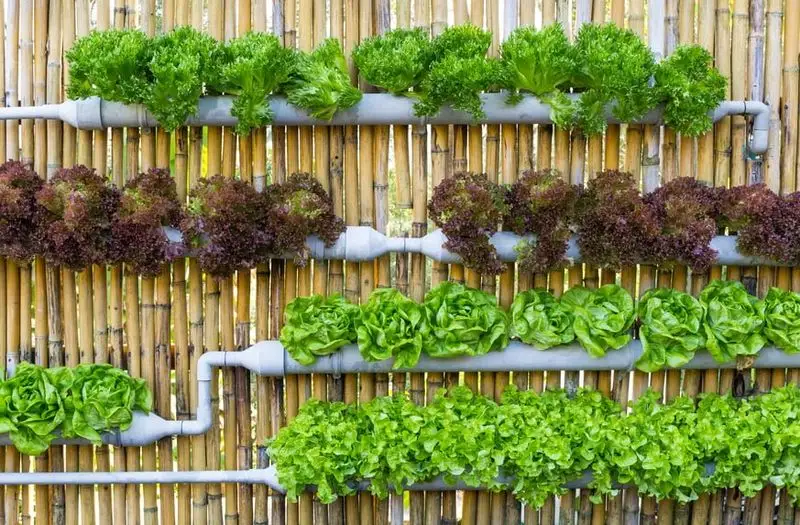
Walls become wildlife havens with vertical gardens. These green structures are ideal for urban settings, offering space-saving solutions that don’t skimp on charm. Select plants such as ferns, trailing ivy, and flowering vines to attract a variety of pollinators.
Aside from their ecological benefits, vertical gardens add texture and depth to blank walls or fences. They provide a multi-layered habitat, inviting pollinators like bees and butterflies to explore. With the right care, these gardens become year-round attractions.
Water Features
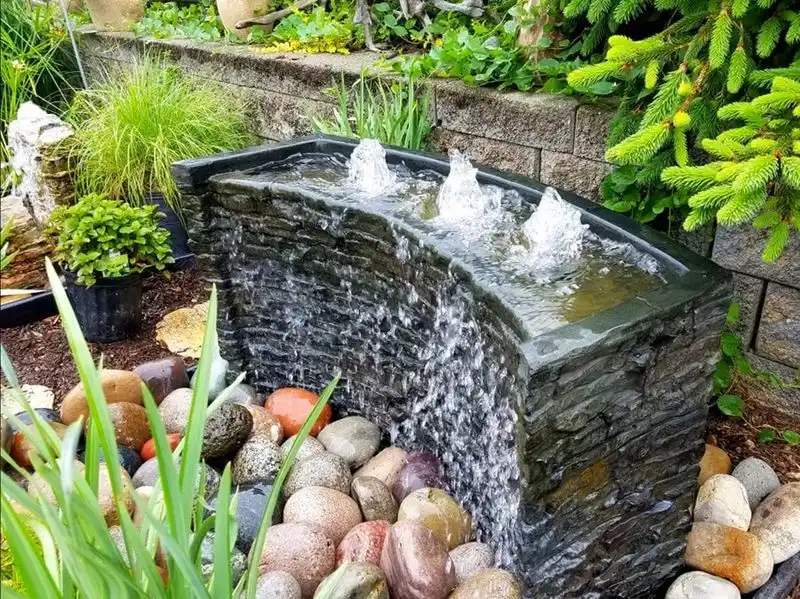
A gentle trickle of water can transform your garden into a sensory oasis. Water features attract not only birds but also bees and butterflies, offering them a place to drink. A shallow dish filled with pebbles and water is enough to entice these creatures.
Consider adding aquatic plants around the feature to enhance the ecosystem. The sound of water also creates a tranquil atmosphere, turning your garden into a soothing retreat. Water features require minimal space yet provide maximum appeal.
Native Plants

Native plants are the unsung heroes of pollinator gardens. By choosing species adapted to your local climate, you support local wildlife and create a balanced ecosystem. These plants are naturally resilient, requiring less water and maintenance once established.
Their blooms offer a familiar feast for regional pollinators, ensuring your garden is a sought-after destination. From wildflowers to shrubs, the variety of native plants can transform a simple garden into a vibrant ecosystem.
Bee Hotels
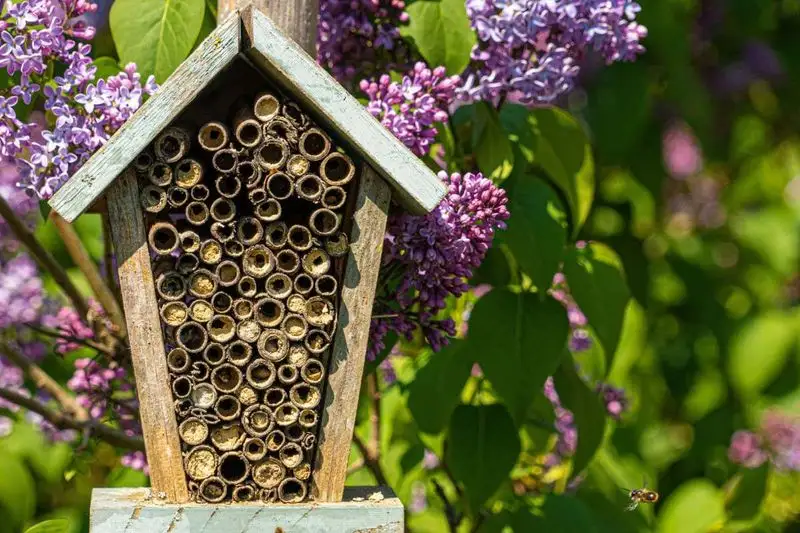
Offer bees a cozy retreat with a bee hotel. These structures provide nesting sites for solitary bees, which are crucial pollinators. Construct a bee hotel using natural materials like bamboo and wood, ensuring it’s in a sunny, sheltered spot.
Bee hotels can be both functional and decorative, adding a whimsical touch to your garden. They require little maintenance and encourage bees to make your garden their home. Witnessing bees use the hotel is a rewarding experience, connecting you to the natural world.
Butterfly Bushes
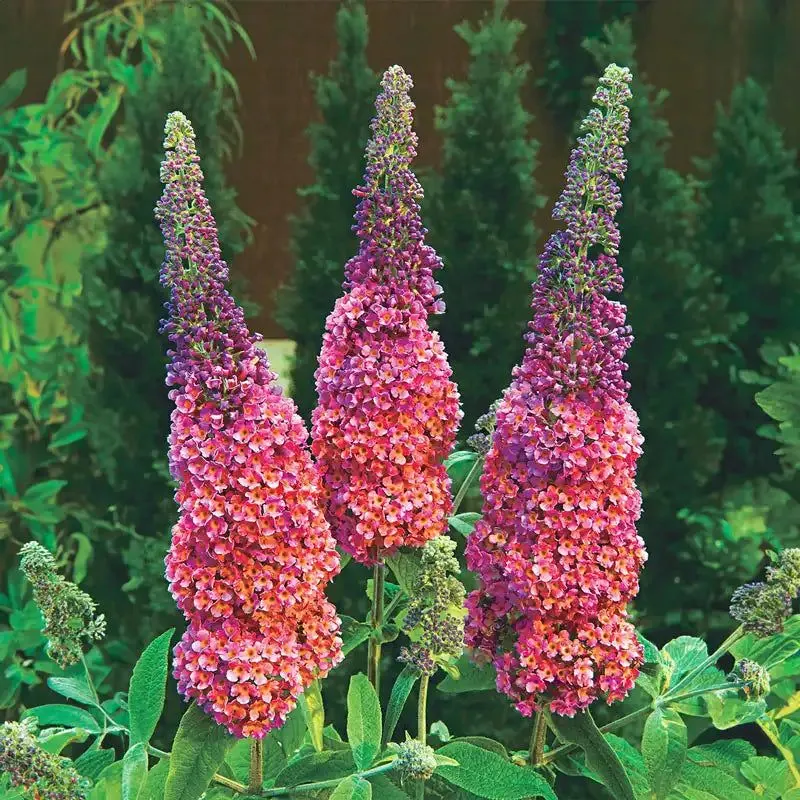
A butterfly bush is like a magnet for these winged beauties. Their long, arching branches laden with clusters of flowers create a vibrant display. Butterflies are drawn to the abundant nectar, making it a centerpiece in any pollinator-friendly garden.
Choose a sunny spot for your butterfly bush to thrive, offering a constant spectacle of fluttering visitors. While they might need some pruning, the reward of a bustling butterfly haven is well worth the effort.
Wildflower Patches
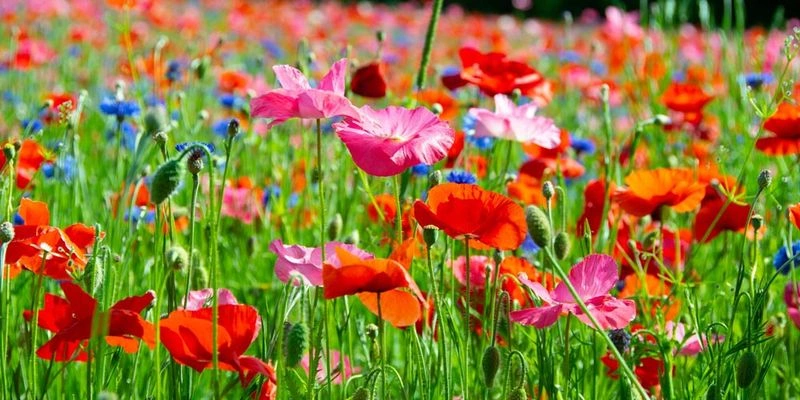
Wildflowers bring a spontaneous charm to gardens. Even a small patch can attract a multitude of pollinators, offering a rich diversity of nectar sources. Choose a mix of annuals and perennials to ensure a continual bloom throughout the seasons.
Wildflower patches require minimal upkeep, making them ideal for busy gardeners. Their natural beauty provides a stark contrast to manicured lawns, inviting bees and butterflies to indulge in a vibrant buffet.
Hummingbird Feeders
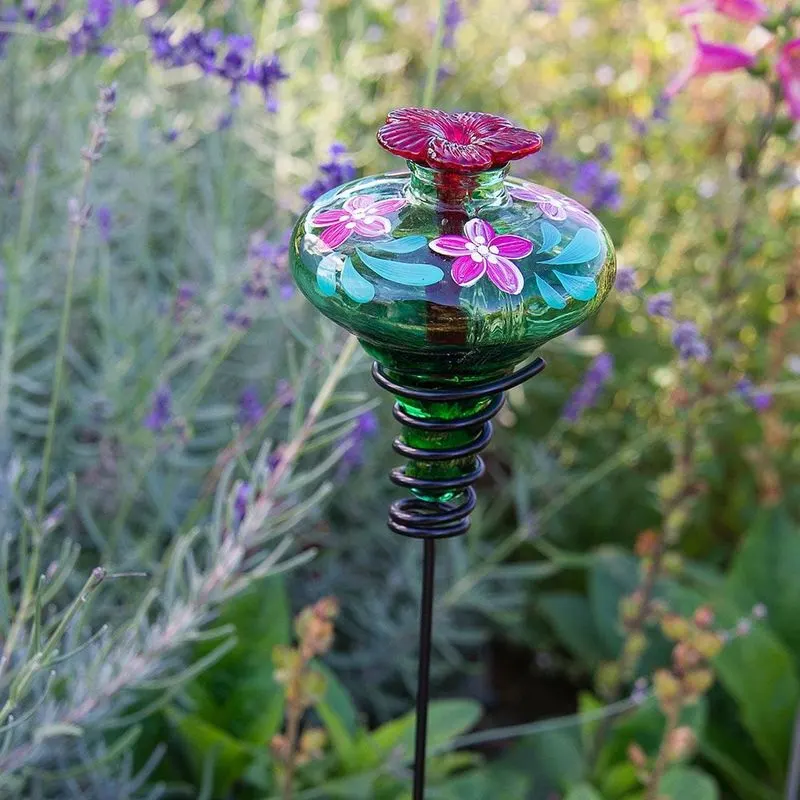
Bring the thrill of hummingbirds to your garden with feeders. These vibrant birds are not just a joy to watch but are also important pollinators. Fill feeders with a simple mix of sugar water, avoiding dyes or additives.
Position feeders near flowers to create a dynamic feeding environment, ensuring they are cleaned regularly to prevent mold. Hummingbird feeders add a splash of color and movement, captivating both the birds and human visitors alike.
Night-Blooming Flowers
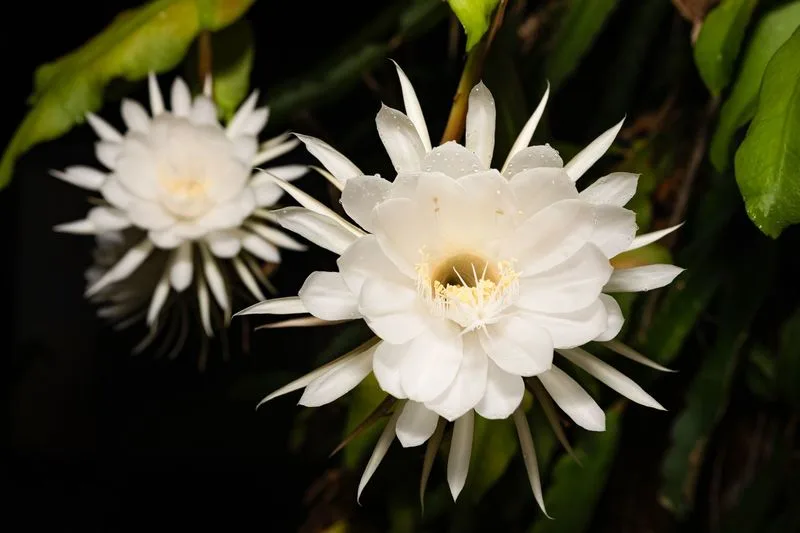
Night-blooming flowers offer a unique allure, catering to nocturnal pollinators like moths and bats. Their evening scent is a delight, filling the air with fragrance when most other flowers have closed. Consider plants like moonflower and evening primrose to invite nighttime visitors.
These flowers bring a mysterious beauty, transforming your garden after sunset. They offer a fresh perspective on pollinator gardening, highlighting the often-overlooked creatures of the night.
Climbing Plants
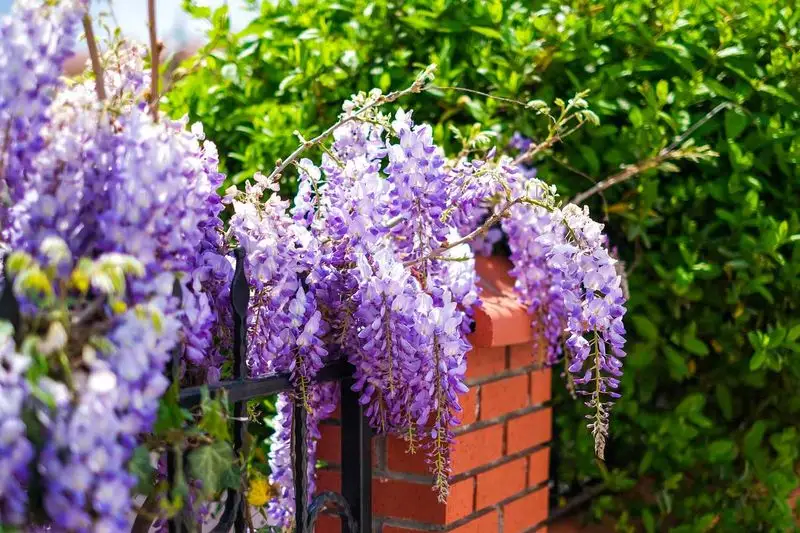
Climbing plants are the unsung heroes of vertical space. Vines like clematis and honeysuckle offer blossoms that attract bees and butterflies. These plants can cover fences or trellises, adding layers of color and fragrance.
By incorporating climbing plants, you create more floral real estate without needing extra ground space. Their blooms cascade down, offering pollinators a feast from above. The visual impact is stunning, turning ordinary structures into living art.
Flowering Trees

Flowering trees are majestic additions to any garden, offering shade and food. Trees like crabapple and cherry produce blossoms that attract an array of pollinators, providing nectar high above the ground.
Their seasonal bloom is a spectacle, drawing bees and butterflies from afar. As living landmarks, flowering trees offer structure and vertical interest, making them focal points in any landscape. They blend beauty with purpose, enhancing both garden aesthetics and ecology.
Perennial Borders
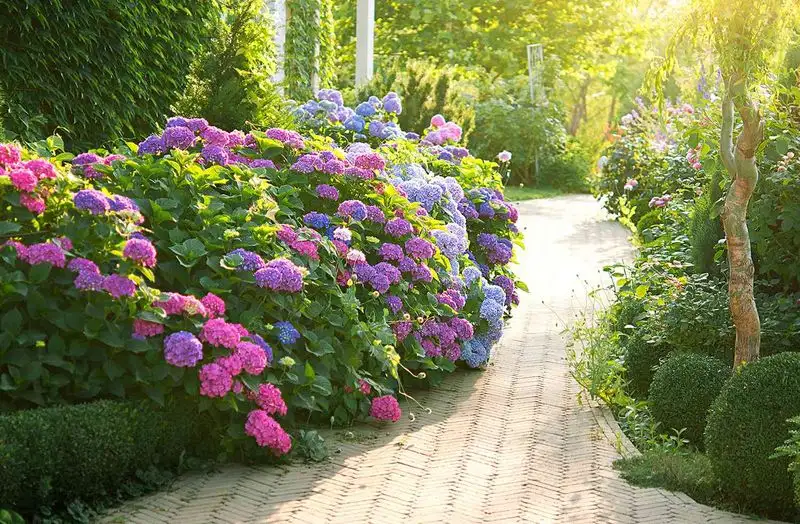
Perennial borders offer year-round interest with minimal effort. Once established, plants like echinacea and black-eyed Susan return each year, providing a dependable source of nectar. These borders can define spaces in your garden, adding structure and rhythm.
The continuous bloom cycle of perennials ensures a steady flow of pollinators, creating a dynamic ecosystem. They blend beautifully with other garden elements, offering color and life across seasons. Their reliability makes them a cornerstone in pollinator gardens.

